Nikon Coolpix S9100 Review
Nikon Coolpix S9100
This is one of the sleekest compact super zooms on the market.
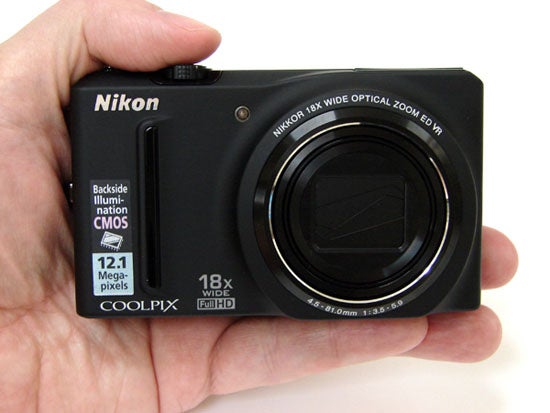
Verdict
Pros
- 18x optical zoom
- Easy automatic controls
- High resolution monitor
Cons
- Very litte manual control
Key Specifications
- Review Price: £249.00
- 18x optical zoom
- 3in high res screen
- Full HD video
- 12.75 megapixel sensor
Want a whopper of a zoom in the slenderest possible package? Well that’s just what the Nikon Coolpix S9100 provides. Packing a sizeable 18x zoom into its petite chassis, though it may be crass to describe an inanimate piece of technology as sexy, that’s precisely the adjective that springs to mind when prising the Nikon Coolpix S9100 from its box. We had the sleek black body option in for review (with silver and red alternatives available in the UK) for a manufacturer’s suggested cost of £299. Deals are to be found for around £249 at the time of writing.
The focal range here is the S9100’s biggest selling point, and indeed is impressive from a camera that can (just about) be squeezed into the pocket of your jeans. It boasts a wide angle 25mm to 450mm in 35mm film terms, which offers plenty of scope for capturing natural landscapes and candid portraiture into the bargain. This is supported by sensor shift anti shake to avoid blur from hand wobble at longer focal lengths, which we’re pleased to report appears largely to work. But of course the S9100 is not without ‘travel zoom’ competitors, of which there are a growing number. 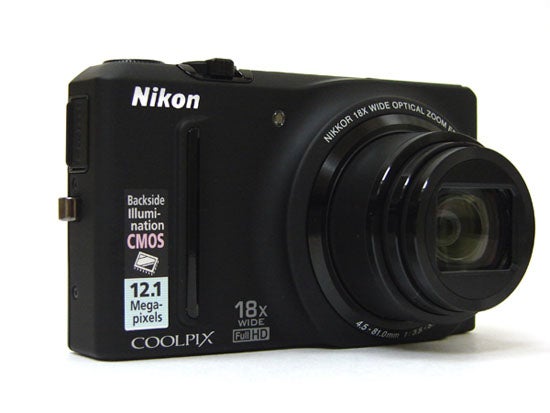
At last count rivals included the Canon Power-shot SX220 HS, Panasonic Lumix DMC-TZ20, Fujifilm FinePix F550EXR, Sony Cyber-shot HX9, Olympus SZ-20 and SZ-30, Samsung WB650 and Casio EX-H30… to name just the tip of the iceberg. So what else helps the Nikon stand out from the baying crowd?
Like the Coolpix P500 we were testing alongside it, which offers a class leading 36x zoom but is inevitably much bulkier due to DSLR-like styling, the S9100 offers a back-side illuminated CMOS image sensor with an effective resolution of 12.1 million pixels. Maximum lens aperture is a so-so f/3.5, so not especially bright, but clearly compromises had to be made somewhere to pack in that enormous focal length range.
Like its sibling we also get Full HD 1080p movie clips at 30fps with stereo sound, with an instant record button squeezed into the top right hand corner of the back plate. Its implementation is similar to the one found on the cheap-as-chips Coolpix S3100 lower down the range, in that it features a raised surround to avoid accidental activation. Yet another feature shared with that model and the P500 is the ability to create slow motion video clips; via a fast capture speed of 240fps though this does require a sever resolution drop.
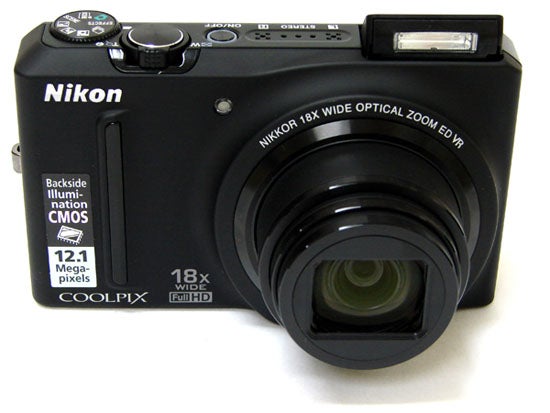
The Coolpix S9100 may be styled like a high end compact – the black finish adding an extra layer of apparent sophistication to our review sample – but there’s no disguising the fact that it’s actually a fairly approachable point and shoot. The mode dial doesn’t feature any program, aperture priority, shutter priority or manual modes – it’s preset auto modes all the way.
Alongside dedicated scene and subject mode buttons we get an array of digital effects. Drill down into the scene options by twisting the dial to that setting and further pressing the dedicated menu button and you’ll find a new ‘Easy Panorama’ feature, that like similar modes on other models automatically composites together a single elongated panoramic image as the user pans across the scene. The gimmick here being that both horizontal and vertical panoramas can be created, with the further option of either shooting a ‘normal’ 180° panorama or the full 360°, which is nice. It’s also completely silent in operation, so just as good for taking photographs in the Vatican as at rock festivals.
Looking slick in its black incarnation at least, the S9100 has an attractively tactile rubberised non-slip surface to its faceplate and upper edges. The user’s grip is further aided by a narrow strip running down the front of the camera to stop fingers sliding around, plus a thumb pad with 12 raised nodules at the back. Despite this, it still felt like the camera could easily slip from our grasp if we weren’t using both hands to steady it. You’ll want to do this anyway for added support at longer focal lengths.
Otherwise, the camera feels solid and reasonably weighty gripped in the palm, and like it will withstand the odd knock or drop – as long as the vulnerable lens isn’t fully extended at the time that is.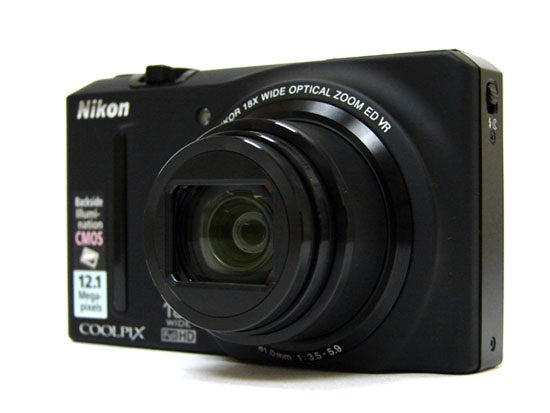
Shooting modes are located around one of the tiniest shooting mode dials we’ve ever seen, part recessed into the right hand corner of the top plate and ridged so it can be turned with the thumb, while the finger is hovering expectantly over the shutter release button. Included among the eight options on the dial, and subsequent to those mentioned in our intro, are night portrait and night landscape modes, program auto mode, a ‘scene selector’ auto mode which recognises your subject and compares it against on-board presets, a regular scene mode with manually selectable presets (such as portrait mode, landscape and the ‘Easy Panorama’ setting), backlighting mode (which prompts the user to raise the funky sunken flash to compensate), continuous shooting mode, and lastly among the eight options, a digital ‘effects’ mode.
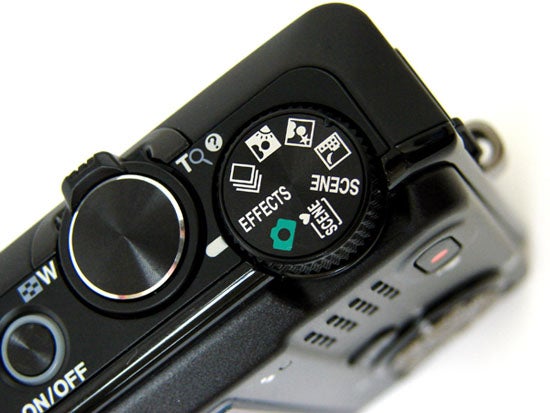
Such digitally applied filters have been gradually creeping into compact cameras, Olympus being one of the first to market with its Magic Filters, but here on the S9100 they’re a little more conservative. We get a ‘soft’ effect, nostalgic sepia (not only rusty coloured but softened too), high contrast monochrome (one of the most distinctive options), high key, low key and selective colour options. There aren’t however any fripperies like toy camera or day-glo ‘punk’ modes here.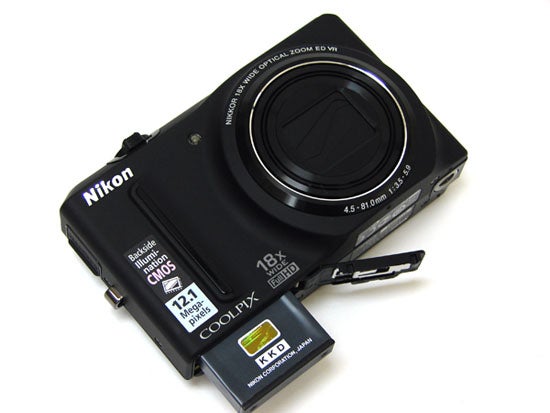
While these effects are applied at the point of capture, there’s also a limited amount of retouching built in to this Coolpix, via an Auto Levels style ‘quick retouch’ option which automatically adjusts brightness and colour saturation to reduce the need for post processing later. In-camera red eye fix, blink warning, smile timer and skin softening options also compete for turning your portraits into photo perfection. Soft, selective colour, plus fisheye and miniature effect filters can also be applied post capture via the playback menu.
As now expected on any camera costing around £300, HDMI connectivity is provided under a side flap, while, rather than being located alongside, a separate flap for AV output and USB 2.0 connectivity has been shunted onto the base where it nestles next to the compartment for the lithium ion rechargeable battery. Nikon hasn’t included a standard mains charger into which the battery slots; instead it’s recharged within the camera itself and connected up to a USB-equipped plug via the supplied standard USB cable. Whilst this saves on additional power leads and packaging, the knock-on effect is that even if you bought a spare battery for heading off on your travels, when it came to charging, the camera would still be fully tied up. At east battery life lasts around 270 shots from a full charge, which is about average.
A press of the top plate power button and in just over a second the camera readies itself for action. The rear LCD blinks into life and lens extends from flush to the body to maximum wideangle setting with a low mechanical whirr a fraction later.
With, as expected, no optical viewfinder to fall back on, photos and video are composed via the aid of the 3-inch screen, which betters most at this level via its huge 920k resolution (against the average of 230k). Nikon also claims its screen cuts down on reflection in bright sunlight – the usual nemesis of LCD monitors. We were using the camera on a bright spring day and didn’t have any compositional issues, so while we didn’t particularly notice it being any better or worse than rivals in terms of visibility, its manufacturer’s claim can at least be said to hold up to scrutiny.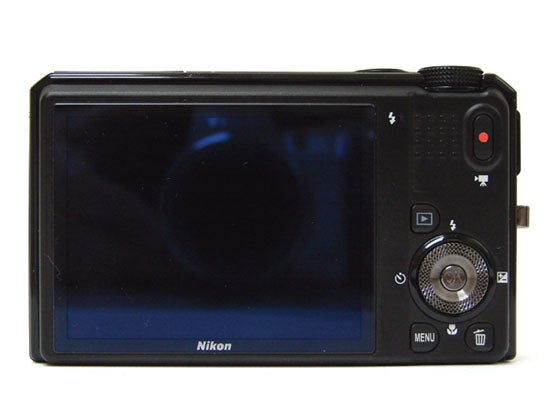
In terms of handling the camera is as responsive as we’d hoped for from a pocket compact to each button press. A half press of the shutter release button and, roughly in the time it took us to blink, focus and exposure had been determined, signalled by the auto focus point glowing green and a loud confirming bleep. Take the shot and a full resolution, least compression JPEG is committed to SD, SDHC or SDXC card or modest internal memory in just under two seconds – respectably swift once again.
This being your typical point and shoot, albeit with a class leading lens and a dose of style, the accent is on user friendly operation. The S9100’s back plate buttons are few and so won’t flummox anyone trading up from a lower priced point and shooter. Delete, playback and menu get their own buttons, in addition to the video record button, with the largest control being a familiar four way control pad encircled by a scroll wheel. As you can press down on the edges of the pad to tab through menu options, you don’t have to use the wheel at all if you don’t want to, although it is faster. The fact that Nikon has given it a roughened surface at least ensures it’s less fiddly under the thumb than similar controls found on the Canon PowerShot range. Bascially, you have a best of both worlds’ set up.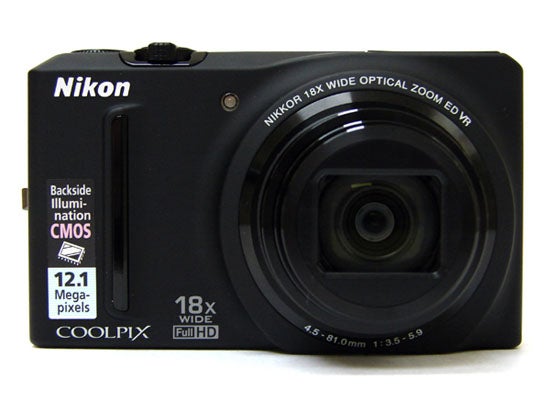
In terms of image quality we felt the results bettered those from the 12 megapixel P500 we were playing with alongside it. The images were more colourful as a default straight from the camera, and the tones were truer. We were also pleased with the level of sharpness delivered, being less soft than those from the P500 at longer focal lengths. It is possible to shoot at extreme telephoto setting on the S9100 and get usable results as our test shots hopefully attest to.
Although there’s softening of detail to limit the appearance of image noise at ISO800 and above, we can live with that. Again, given the fact that this is a point and shoot model aimed at the general user rather than nit picking photo enthusiast.
”’Verdict”’
At first glance the S9100 is slickly styled like a high end enthusiasts’ compact complete with top plate mode dial, sunken flash and stereo microphones. But while there is a smattering of creative options here, it’s pretty much an ‘auto everything’ point-and-shoot model.
If you do truly want everything in the one package, what it lacks to make it top dog in the travel zoom stakes is built-in GPS – and possibly a toughened shock dampening chassis – but then again that would add £50 to £100 to the price tag.
For those users who don’t require a whole host of features but who nevertheless see the value in a broader than average focal range, the Nikon Coolpix S9100 can hold its head, or rather lens, up amongst the industry leading Panasonic TZ models of this world. The price is fair, and for what’s being asked the performance is fair too.
The Nikon Coolpix S9100 offers a light sensitivity range starting out at a user selectable ISO160 and topping out at ISO3200. We also get both Auto ISO and a user selectable fixed ISO range setting, so users can limit how high the camera automatically ‘strays’ to preserve picture quality. Let’s see how the S9100 gets on with our standard test set up, shot using a tripod, available light at the highest JPEG resolution and utilising auto white balance.
ISO 160

The lowest setting on the S9100 is ISO160, coincidentally also the option the camera itself chose when we tried both its Auto ISO and the Fixed Range ISO settings. As we’d expect there’s no noise visible anywhere in the image
ISO 200
Up a notch at ISO200 and all is still well with the S9100’s performance; again no image noise to report
ISO 400
We’re at ISO400, the setting at which noise begins to creep into shadow areas on lesser compacts. But again we have a clean bill of health from the S9100. If we scrutinise the image very closely it’s marginally softer than at ISO200
ISO 800
At ISO800 there’s a subtle softening of overall detail which has again kept any instance of image noise at bay – but this really is nit picking as viewing the full frame you’d be hard pressed to notice any difference at all between this and the lower settings
ISO 1600
At ISO1600 shadow detail is beginning to take on a speckled appearance – but only if you’re really looking closely
ISO 3200

The top setting of ISO3200 and there’s a more obvious smoothing effect as well as a slight colour shift compared with the previous images. Overall though the S9100 has delivered a very respectable ISO performance for a sub £300 camera.
A more general selection of test shots are revealed on this page and next to act as an evaluation of the Nikon S9100 in a variety of shooting conditions.
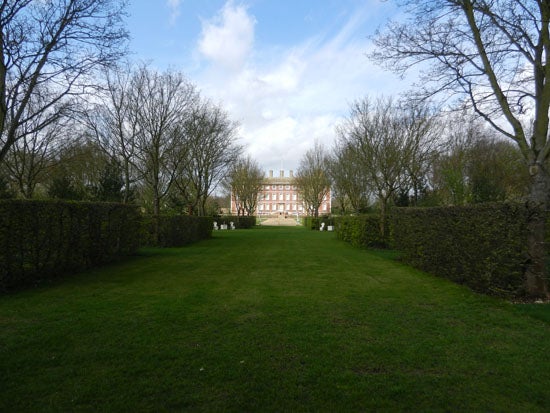
This extreme wide angle composition, shot at 25mm equivalent, shows the coverage possible with the S9100. While front to back detail is generally good and we are impressed with the colour tones straight out of the camera, to pick holes there is softening of detail towards the corners. This is most noticeable in the top left and right hand sides of the frame where purple fringing is also visible upon close inspection
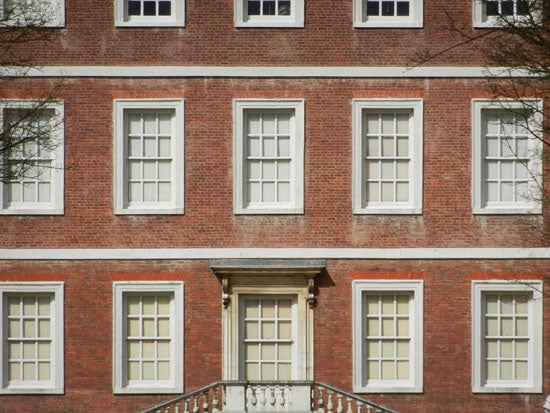
A second image taken handheld from the same vantage point but now at the telephoto end of the zoom (450mm equivalent) to display the breadth of the focal range. Although it might benefit from a bit more in the way of contrast, the shot is surprisingly sharp
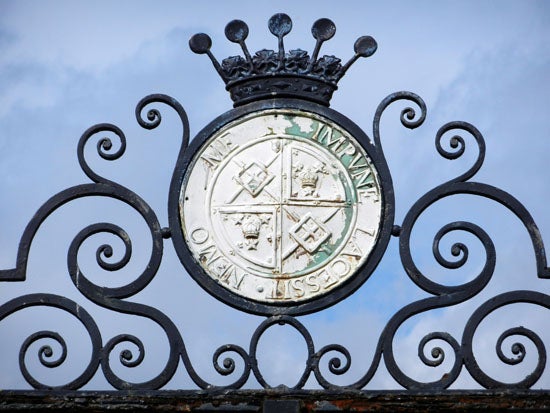
Our standardised rusty gate shot taken toward the telephoto end of the zoom. There’s sufficient detail here to display the flaky paint and rusting metal and once again the colours and exposure are spot on
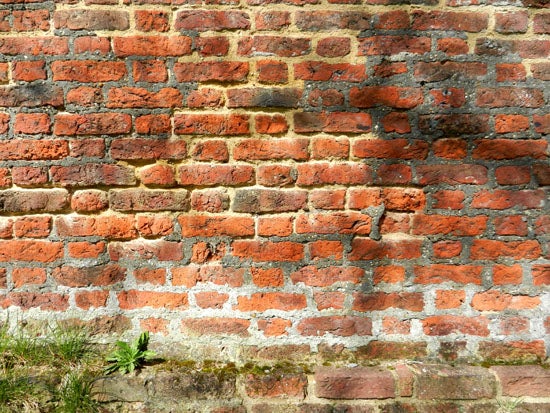
Whilst not the most visually stimulating of subject matter, here’s another example of the level of crispness achievable with the S9100’s lens and sensor combo, and at maximum wideangle this time.
Here are some general test shots taken with the Nikon S9100 to give an idea of performance ability when it comes to image quality, dynamic range, colour rendition and the focal range provided.
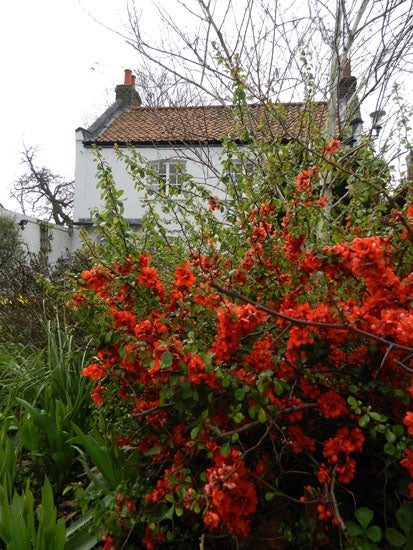
The Nikon’s naturalistic colour rendition can suit some subjects better than others – as here, when there is naturally plenty of warmth in the subject anyway
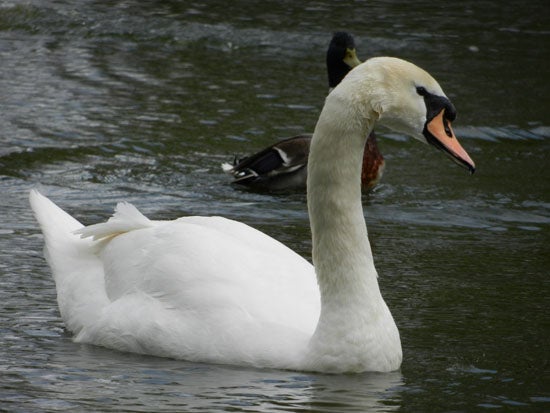
This is a nicely exposed image straight from the camera that has seen the S9100, unlike the great majority of our test cameras, maintain most of the highlight detail in the swan feathers
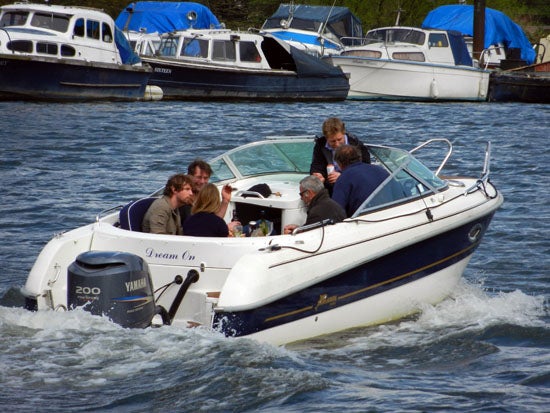
The S9100’s maximum telephoto setting and pocket sized dimensions are a boon for the amateur paparazzi, as shown by this image to which we’ve given a slight boost in contrast to aid definition
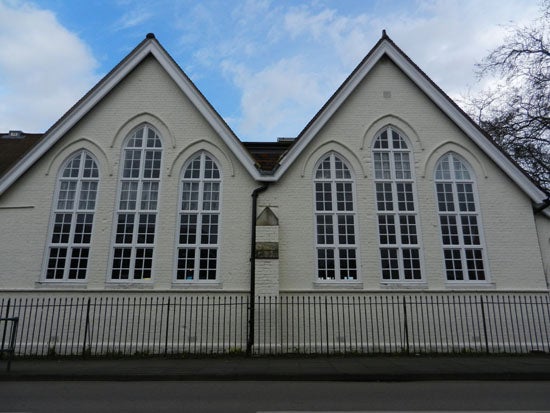

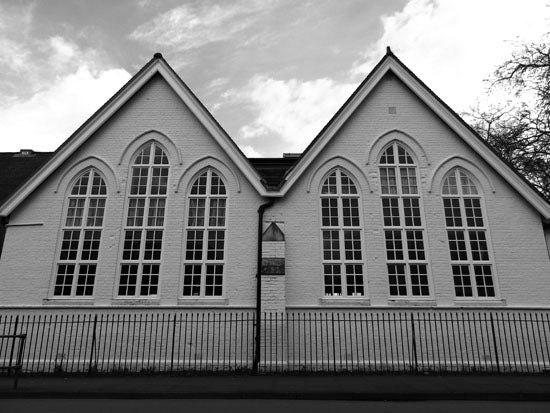
As noted in the body text, the Nikon’s so-called ‘special effects’ are a little subdued compared to digital filters found on rivals. But here’s an example of what you get on the S9100, with the first example taken on regular auto mode, the second in nostalgic sepia mode, which not only provides that familiar rusty sheen but softens the image to look like a fading photograph too, and the third in high contrast monochrome setting – for us the Anton Corbijn-like option that prove the most effective of the lot
Trusted Score
Score in detail
-
Value 8
-
Design & Features 8
-
Image Quality 8
-
Build Quality 7
Features
| Camera type | Digital Compact |
| Megapixels (Megapixel) | 12.75 Megapixel |
| Optical Zoom (Times) | 18x |
| Image Sensor | 1/2.3-inch CMOS |
| Optical focal length | 25-450mm in 35mm film terms |
| Shutter speed | Not Given |
| Auto focus | Single AF and Full time AF |
| Manual focus | No |
| Max output resolution | 4000x3000 |
| Other resolutions | 1920x1080 |
| Focus range | 50cm to infinity (wideangle), 1.5m to infinity (tele), 4cm to infinity (macro) |
| Exposure control | Program AE |
| Exposure metering | Not Given |
| Exposure compensation | 1/3 EV steps, +/- 2EV |
| Image Stabilisation | Sensor Shift |
| ISO settings | ISO160, 200, 400, 800, 1600, 3200 |
| LCD Monitor | 3-inch, 921k dot |
| Viewfinder | No |
| Flash range | Not GIven |
| Flash modes | Auto, Forced/red eye reduction, Off, on, Night portrait |
| White balance modes | Auto, preset manual, daylight, incandescent, flourescent, cloudy, flash |
| Drive modes | Single, continuous |
| Image formats | JPEG |
| Picture adjustments | High contrast monochrome, Soft focus, Nostalgic Sepia, Selective Colour |
| Video (max res/format) | 1280x720 pixels at 30fps |
| Movie length | Not Given |
| Self timer | 2, 10 secs |
| Memory card slot | SD, SDHC, SDXC |
| Supplied memory | 74MB internal memory |
| Batteries supplied | Yes, lithium ion pack |
| Charger supplied | Battery charged internally via mains adapter plug and USB lead |
| A/V output | Yes |
| Charging/Computer Connection | miniUSB 2.0 |
| HDMI | No |
| AV Out | Yes |
| Manual | Basic printed guide and manual on CD |
Physical Specifications
| Dimensions Width (Millimeter) | 104.8mm |
| Depth (Millimeter) | 62mm |
| Weight (body only) (Kilogram) | 214kg |

